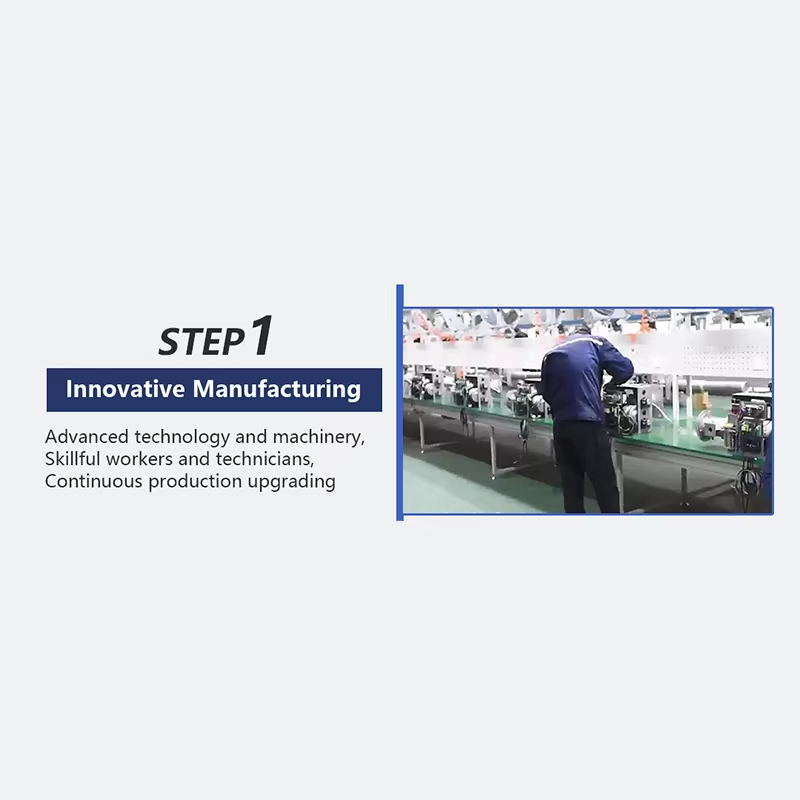Stiefel, established in 2013 and headquartered in Guangzhou, China, is a trusted supplier of high-quality burner nozzles, precision components that atomize or vaporize fuel (oil, gas, or biofuels) into fine particles, ensuring efficient mixing with air and complete combustion in industrial burners, boilers, furnaces, and heaters. Burner nozzles come in various designs—pressure-atomizing, air-atomizing, or vaporizing—each tailored to fuel type: oil nozzles break viscous liquids into droplets, gas nozzles distribute gaseous fuels in specific patterns, and dual-fuel nozzles handle both, which is critical for optimal combustion efficiency and low emissions. Stiefel's burner nozzles are engineered with durable materials such as brass, stainless steel, or ceramic, chosen for resistance to high temperatures (up to 1,200°C), corrosion from fuel impurities, and wear from abrasive particles, ensuring consistent performance and long service life (up to 10,000 operating hours). The burner nozzles feature precision-drilled orifices and carefully designed internal geometries that control spray angle (30° to 120°), droplet size (50-200 microns for oil), and flow rate, ensuring uniform fuel distribution in the burner chamber and preventing hot spots or incomplete combustion that waste fuel. What sets these burner nozzles apart is their customization options: interchangeable tips for different flow rates, materials tailored to fuel type (e.g., ceramic for biofuels with high ash content), and specialized designs for low-NOx combustion, which reduce nitrogen oxide emissions by optimizing air-fuel mixing, aligning with Stiefel's commitment to energy-saving and environmental responsibility. Burner nozzles from Stiefel are compatible with various burner models, including industrial, commercial, and residential units, supporting fuels like diesel, natural gas, propane, and biodiesel, with sizes ranging from 0.5 GPH (gallons per hour) for small heaters to 50 GPH for large industrial burners. Rigorously tested for spray uniformity, flow accuracy, and durability, these burner nozzles meet international standards such as ISO 9001 and EN 298, ensuring they perform reliably in diverse applications, from food processing ovens to power plant boilers. Backed by Stiefel's expertise in research and development, the burner nozzles incorporate innovations such as anti-clogging designs and self-cleaning orifices that reduce maintenance needs, particularly valuable for burners using low-quality or high-viscosity fuels. With Stiefel's comprehensive service network, customers receive expert support for selecting, installing, and maintaining burner nozzles, including guidance on matching nozzle specifications to burner capacity and fuel type to maximize efficiency and minimize emissions. For anyone seeking to optimize burner performance and reduce fuel costs, Stiefel's burner nozzles are essential components that deliver precision, durability, and efficiency.


